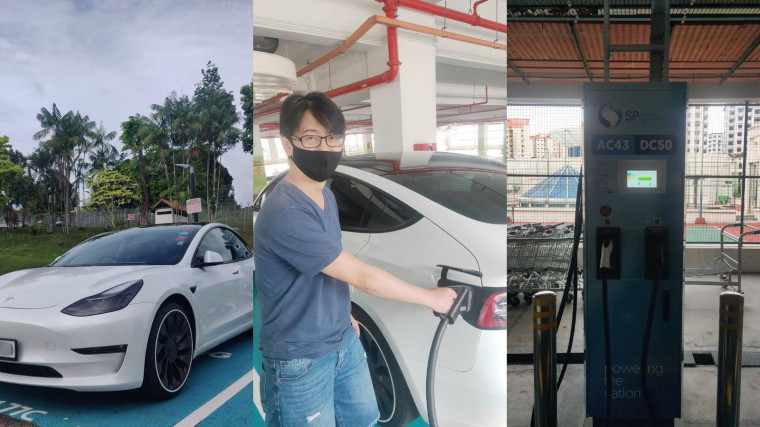|
Audio Version Available
|
Electric vehicles (EVs) have been the talk of the future as part of the way to combat environmental issues and climate change. However, in Singapore, only a small minority of people own an electric car. Out of the estimated 641,000 registered cars in Singapore this year, approximately only 1,600 of them are electric cars.
Nevertheless, as part of the 2030 Green Plan, Singapore’s roadmap to sustainability in the future, LTA has created a comprehensive plan to ramp up efforts for EV adoption.
With the advancement of EV technology, LTA says it expects that the cost of buying an EV and internal combustion engine (ICE) vehicle to be similar by the mid-2020s and is set to have all vehicles run on cleaner energy by 2040.
According to Dr Sanjay Kuttan from the Sustainable Energy Association of Singapore, some of the consumer concerns regarding EV are cost and something called range anxiety, which is when the driver is afraid of running out of a charge before getting to the next charging station — basically running out of fuel!
As for cost, he told Claire Jedrek on CNA’s The Electric Race: “A car is expensive in Singapore so you’re making a very important decision when you want to invest in a vehicle. You’d want a more important justification than just saving the planet.”
There are several carmakers offering electric vehicle options in Singapore, but aside from the Nissans, BMWs, Audis or Hyundais, most people would immediately recognise the brand that first popularised the EV.
CNA reported that 487 new Tesla cars were registered between July and September, a surge compared to the 30 sold in the first six months of 2021.
To gain a better understanding of the differences between EVs and ICE cars, I recently took a ride around Singapore with a Tesla owner.
The driver, Raymond Lay, 49, is one of the founders of Tesla La Kopi, a group for Tesla owners.
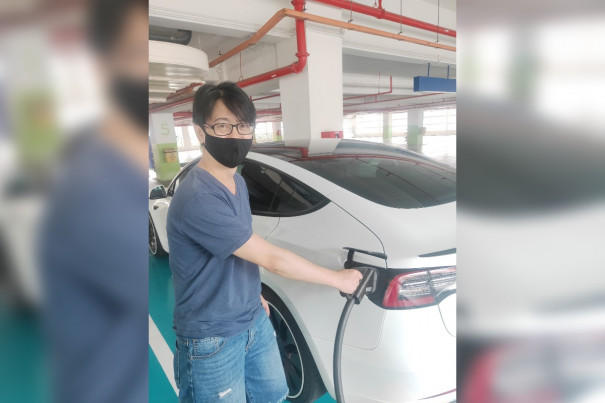
When cars from the electric car maker first hit Singapore, there were many questions and uncertainties regarding the vehicle, which is why Raymond and some other Tesla owners came up with the group where they can interact and share pointers with each other in a more casual communal setting.
The group is open to anyone who owns a Tesla or is interested in owning one, and the owners often chat on different social media platforms such Whatsapp, Telegram, Facebook and Discord.
View this post on Instagram
Road courtesy, the EV way
Aside from the communal aspect of the group, Raymond says that a large part of what he wants to achieve is to educate people on certain etiquette when it comes to EVs.
As I cruised around Punggol with Raymond, he shared with me some concerns that they have regarding EV charging stations.
Currently there are almost 1,500 EV charging stations in Singapore although the government plans to install than 600 more at 200 public carparks in HDB estates, industrial estates and the Central Business District over the next 12 months, as part of its plans to have 40,000 charging points in public car parks by 2030.
Although a full charge can last up to 500 kilometers, enough for a week of normal driving, EV owners usually do something called “destination charging”. It is when they charge their car where they are working or entertaining.
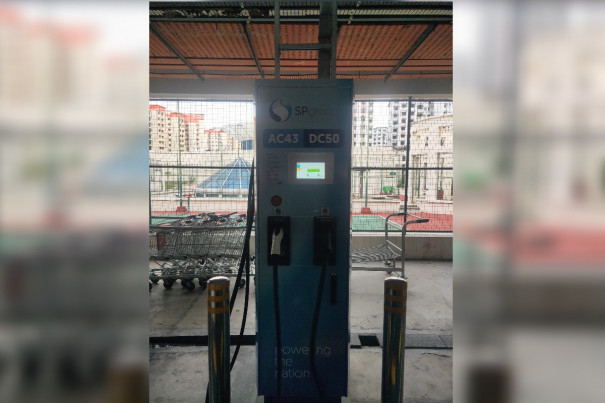
However, some owners have been taking advantage of these charging stations, said Raymond.
“Some EV owners would treat charging lots as parking lots. In other words, even if they do not need to charge, they would park in these charging lots. Or sometimes for hours after they have finished charging, they would still be running their own errands instead of moving their cars to a non-charging parking lot,” Raymond shared.
In other countries, says Raymond, EV owners who leave their cars charging after the battery is fully charged often face fines (called the idle fee) relative to the length of time the car continues to charge. However in Singapore, there is no law addressing this behaviour — yet.
And Raymond wants to prevent this “fine” situation from happening.
“We should not wait for a fine to be imposed to solve this issue. By practicing good behaviour and being considerate of others, it can easily be done,” he said.
As a start, Tesla La Kopi has started a campaign to tackle this issue among EV owners. Its EV Charging Etiquette Campaign hopes to promote a positive change of behaviour at public charging stations.
Tesla La Kopi members pledge to keep to certain guidelines when charging their vehicle to benefit the EV community as a whole.
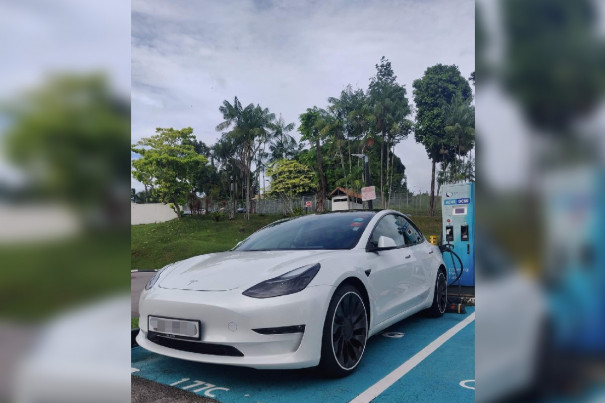
One owner, Goon Wai, told The Pride: “I was eating at 313 Orchard and my charge was near-completion before I finished eating. So I went to move my car and carried on with my meal after that!”
Another, Thong, said: “When I came back to check on my car, I was at 60%. There were like three cars waiting, and all three charging lots were full. I didn’t want them to wait too long, so I just moved.”
He added: “I think the best behaviour would be to come back after 30 minutes of charging to check if there was a queue. If there is, I’d move the car, if not, I’ll continue to charge it till about 80% then move.”
Another owner who didn’t want to be named shared: “Had one encounter when the owner came back and sat in the car to finish charging from 98% to 100% when there was a queue behind him. Real bad experience.”
Most of the interactions so far have been positive.
One owner, John Lim, said that he has always had a pleasant experience at chargers. He said: “So far, I’ve been lucky and there’s always been someone waiting in their car and I haven’t met anyone parking their car for longer than necessary. I think the campaign to raise awareness about charging etiquette is effective, people do have the mindset of not hogging the charger.”
Raymond shared with me some of the guidelines of the campaign:
Charging spaces are for charging only
EVs should only be parked in a designated charging space when they are actively charging. When a charge is complete, drivers should disconnect their vehicles immediately and move their cars from the space to allow other customers to access the charger. Charging spaces are not parking lots.
Monitor your charge when away from your vehicle
Use the Tesla app to keep track of your charging session.
Follow the 80/20 rule
Most EVs slow down the charging rate of a fast charge once the car is charged to 80% — so once you hit 80%, consider wrapping up your charging session, or at least be prepared to move your vehicle if there is a queue.
Put the connector back on when you’re done
Placing the connector securely in the charger holster helps prevent damage to the connector and eliminates a tripping hazard for other EV drivers.
Leave a note
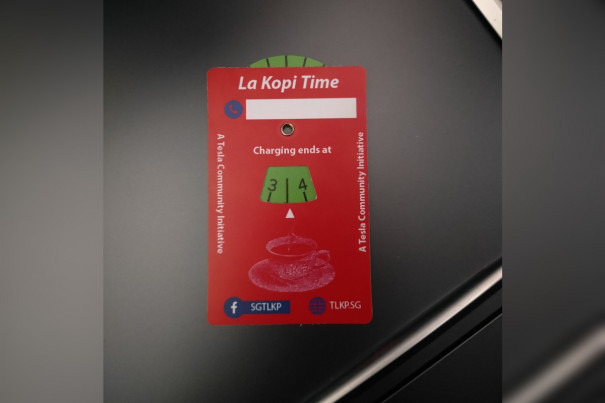
If you aren’t going to stay with your vehicle while it charges, consider using a Tesla La Kopi Charging Disc or leaving a note to let other drivers know when you’d be back to stop the charge. New members receive a free charging disc.
Don’t Unplug Others
Do not unplug connectors from other EVs unless there is clear indication that there was an error or charging has stopped. In such situations, call (if the owner leaves his phone number) or leave a note to explain to the driver what happened.
When in doubt, don’t be selfish
While waiting for Raymond at the carpark near his home, I was looking at the dozens of parked cars and didn’t any other EVs other than Raymond’s Tesla.
I thought to myself that the problems the EV community face cannot be that bad as there is only a small group of owners as compared to the number of car owners in Singapore. However, as our conversation progressed on our drive around Punggol, where Raymond lives, I began to see certain unique problems that EV owners face.
When we reached Rivervale Mall to grab a drink, I got to experience charging an electric vehicle for the first time! Fortunately, there were no other electric cars when we were there as it was the middle of the working day but I could imagine the frustration if someone were to hog a charging station for themselves.
While charging the car, we popped over to the mall to grab a drink from a convenience store, and by the time we got back, we saw that the car was charged from 80% to 90%. It was shocking (pardon the pun) considering that we took only about 10 minutes to come back. I had thought that the charging speed would be much slower.
Raymond had a good laugh when he saw my reaction.
Other stories you might like
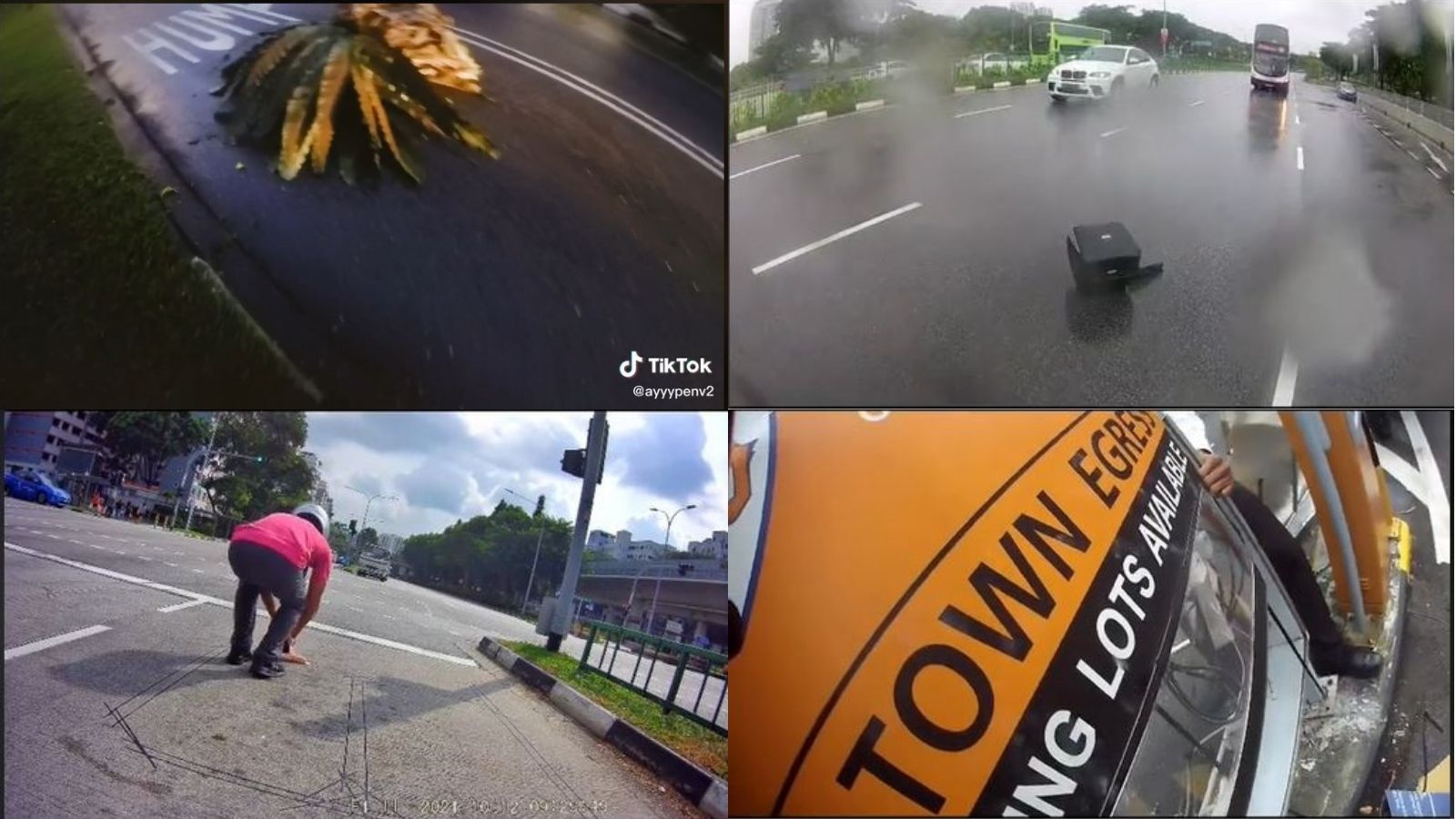
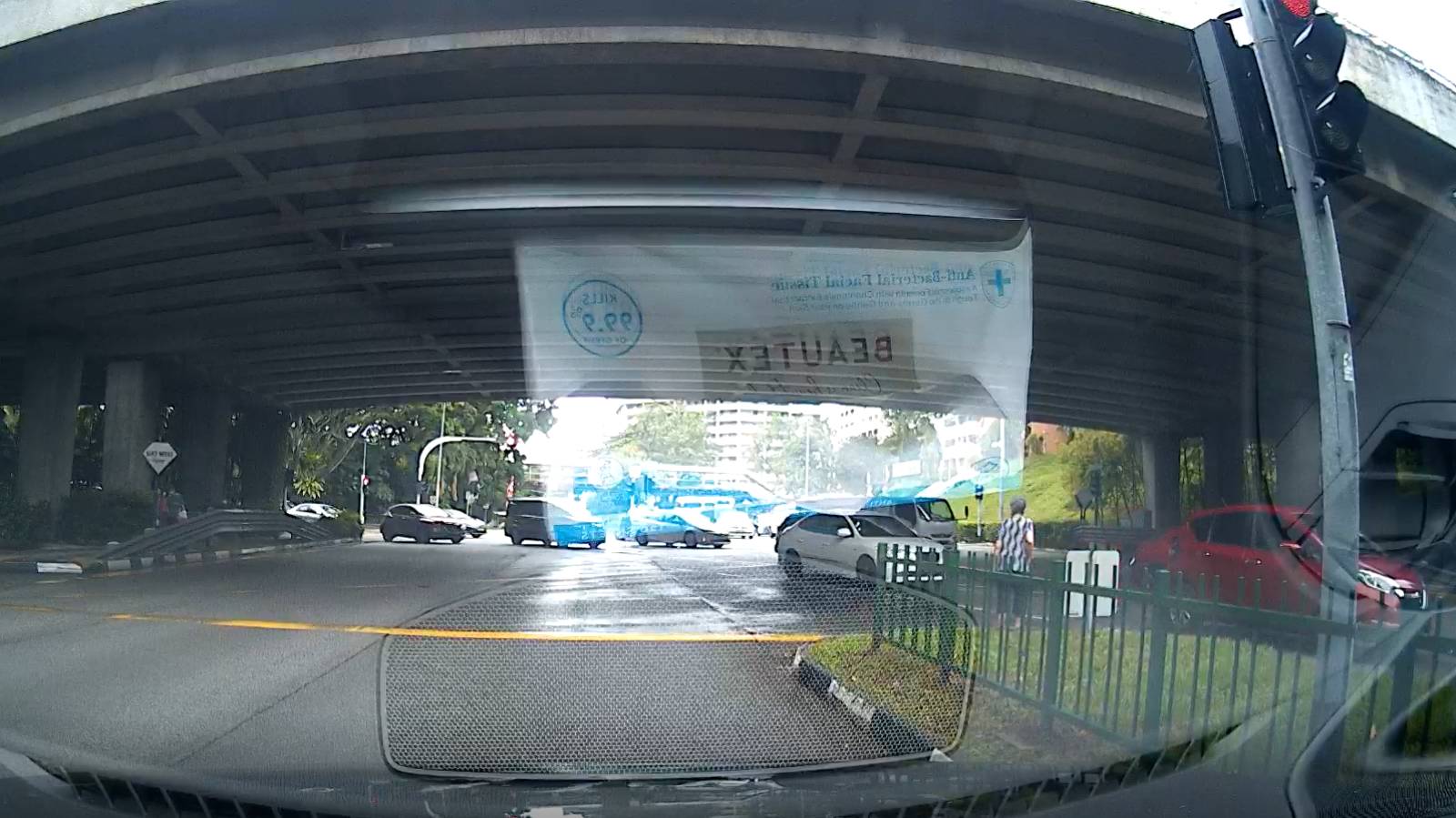
After that, we took another 15 minutes to drive around the area before he dropped me off at Punggol MRT station. Throughout the ride, I was fascinated at how smooth and quiet the car was.
Although the whole trip took approximately only 30 minutes, I was able to get a sense of how it feels to drive an EV and hear some of the common misconceptions about owning one. Obviously, there are practical pros and cons of owning an EV, however, some of the problems that EV owners face can be easily solved if people were more considerate.
As we were chatting, a quote from author Oscar Wilde came to my mind: “Selfishness is not living as one wishes to live, it is asking others to live as one wishes to live.”
Turning back to the conversation, I mentioned it to Raymond and he agreed. “To be frank, the issue that we are tackling can be solved easily if only some people are more considerate of others and not as selfish,” he said.
If you like what you read, follow us on Twitter and Google News to get the latest updates.
